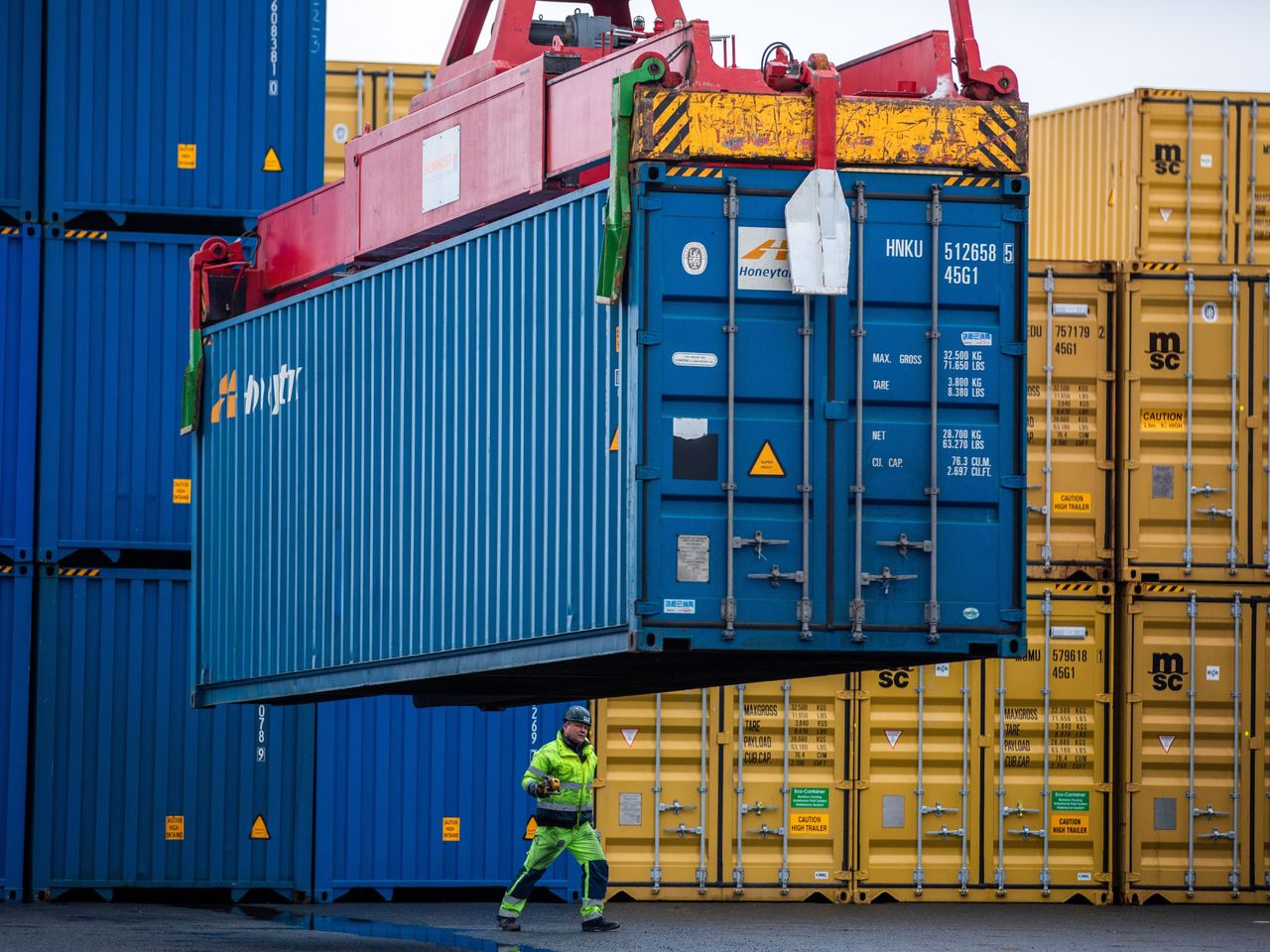Home>Finance>What Is A Bailout? Definition, How They Work, And Example


Finance
What Is A Bailout? Definition, How They Work, And Example
Published: October 12, 2023
Learn the definition and workings of bailouts in finance with this comprehensive guide. Explore examples and understand the impact of these financial rescue operations.
(Many of the links in this article redirect to a specific reviewed product. Your purchase of these products through affiliate links helps to generate commission for LiveWell, at no extra cost. Learn more)
Understanding Bailouts: An Essential Guide
Have you ever wondered what a bailout is and how it works? In today’s unpredictable economic climate, bailouts have become a hot topic of conversation. From government interventions to corporate rescues, bailouts serve as a financial safety net for struggling entities. In this article, we will explore the definition of a bailout, how they work, and provide a real-life example to illustrate their significance.
Key Takeaways
- A bailout is a financial assistance provided by the government or other organizations to support entities facing significant financial distress.
- A bailout aims to prevent the collapse of the entity, stabilize the economy, protect jobs, and restore confidence in the financial system.
What Is a Bailout?
A bailout is a financial assistance provided to individuals, companies, or even entire industries facing financial distress. It involves the injection of funds, resources, or guarantees to prevent a financial collapse or stabilize a troubled economy. Bailouts typically come in the form of cash infusions, loans, debt relief, or government intervention.
While bailouts often receive criticism for rewarding irresponsible behavior, they serve a crucial purpose in preserving economic stability and preventing widespread financial consequences. Governments and organizations administer bailouts as a means to protect jobs, restore confidence in the financial system, and prevent a potential domino effect of economic collapse.
How Do Bailouts Work?
Now that we understand the definition, let’s delve into how bailouts work:
- Identification of Financial Distress: Bailouts typically occur when an individual, company, or industry is facing significant financial distress. This distress may be due to factors like economic downturns, mismanagement, or unexpected events.
- Bailout Plan Formulation: Once financial distress is identified, relevant authorities, such as government bodies or financial institutions, work to develop a bailout plan. The plan will outline the specific measures, eligibility criteria, and funds allocated to address the financial challenges.
- Financial Assistance: The financial assistance in a bailout can take various forms. It may involve direct cash injections, loans, debt restructuring, guarantees, or even the acquisition of troubled assets. The specific form of assistance depends on the nature of the crisis and the needs of the entity receiving the bailout.
- Conditions and Compliance: Bailouts often come with conditions and compliance measures to ensure responsible use of the funds, prevent future crises, and protect taxpayers’ interests. These conditions may include restructuring plans, cost-cutting measures, increased transparency, and enhanced accountability.
- Monitoring and Evaluation: Once the bailout is implemented, ongoing monitoring and evaluation are conducted to assess the effectiveness of the intervention. This allows policymakers to make adjustments if needed and ensure that the bailout achieves its intended goals.
Real-Life Example of a Bailout
A notable example of a bailout occurred during the global financial crisis of 2008. To stabilize the economy and prevent a collapse in the financial sector, the United States government implemented the Troubled Asset Relief Program (TARP). TARP authorized the injection of $700 billion into financial institutions, including banks and mortgage companies.
By injecting capital into struggling institutions, TARP aimed to prevent further bankruptcies, restore confidence in the financial system, and stimulate lending. The bailout helped stabilize the economy during a period of extreme volatility and uncertainty.
This real-life example highlights the importance of bailouts in averting widespread economic turmoil and supporting the recovery of key sectors.
Conclusion
In conclusion, bailouts provide critical financial assistance to individuals, companies, and industries facing dire financial circumstances. While they may be controversial, bailouts play a significant role in stabilizing economies, protecting jobs, and restoring confidence in the financial system. Understanding how bailouts work and their impact on the economy is essential in comprehending their significance in today’s financial landscape.














